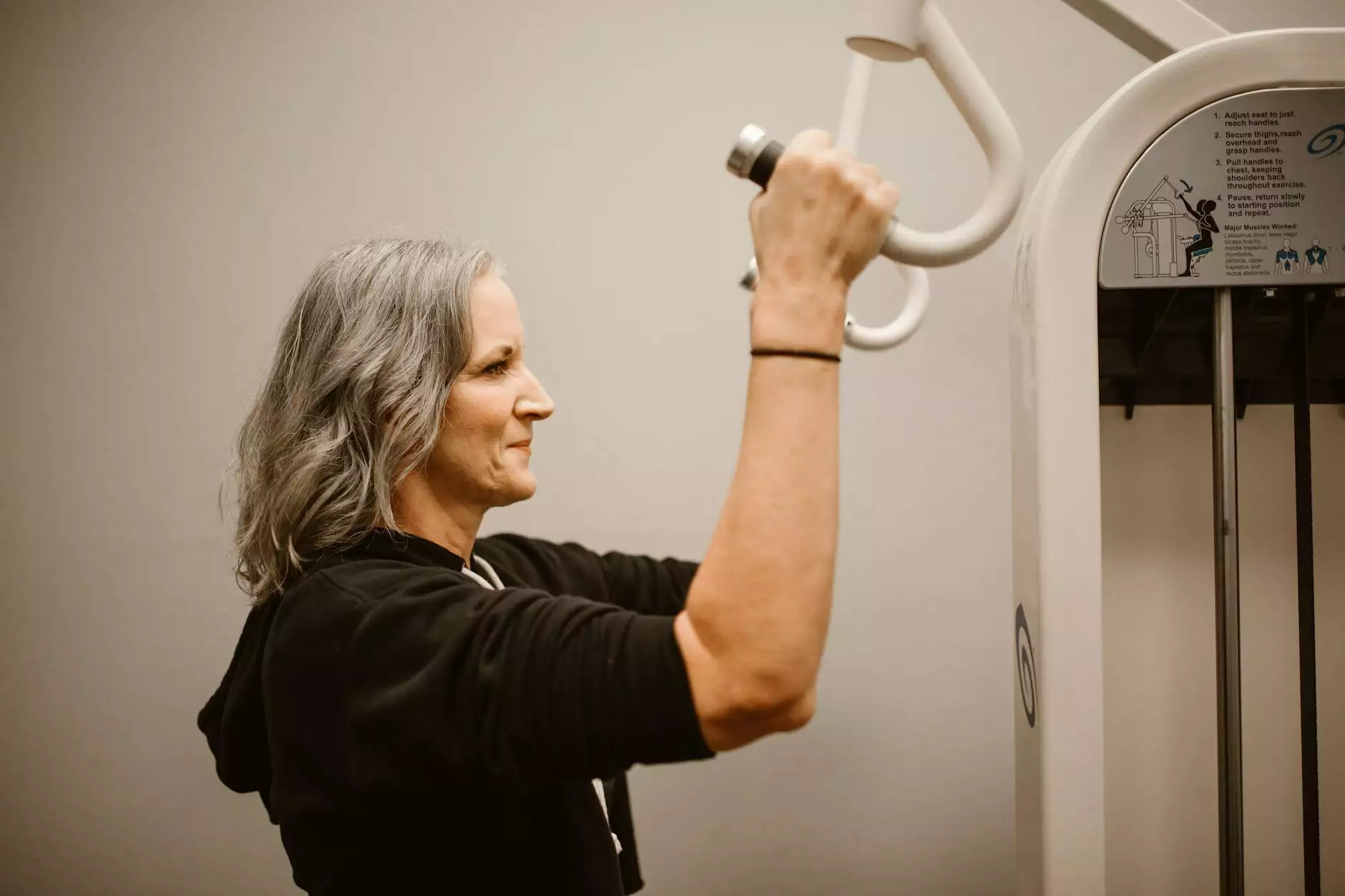The Comprehensive Guide to DVT in Thigh: Understanding Deep Vein Thrombosis

Deep Vein Thrombosis (DVT) in the thigh is a critical health issue that warrants attention. It refers to the formation of a blood clot in the deep veins of the thigh, and it can lead to serious complications. In this article, we will delve into the specifics of DVT, its causes, symptoms, treatment options, and prevention methods. We aim to provide invaluable information to ensure you and your loved ones stay informed and healthy.
What is DVT in Thigh?
DVT is a condition that occurs when a blood clot forms in a deep vein, most commonly in the legs. When DVT occurs in the thigh, it typically affects the femoral vein or other deep veins within the thigh muscle. It is crucial to understand that DVT can lead to severe complications, including pulmonary embolism, a life-threatening condition where a clot travels to the lungs and blocks blood supply.
Recognizing the Causes of DVT in Thigh
Understanding the causes of DVT in thigh is essential for prevention and timely treatment. Several factors contribute to the development of DVT:
- Prolonged Immobility: Extended periods of inactivity, such as long flights or bed rest after surgery, can lead to sluggish blood flow and increase the risk of clot formation.
- Injury or Surgery: Traumatic injuries or surgeries, especially those involving the legs or abdomen, can damage veins and increase clotting risk.
- Medical Conditions: Certain conditions, such as heart disease, cancer, or clotting disorders, may predispose individuals to develop DVT.
- Hormonal Factors: Hormonal changes, especially from pregnancy or hormone replacement therapy, can affect clotting factors in the body.
- Obesity: Excess body weight can put additional pressure on the veins in the legs, increasing the likelihood of DVT.
Identifying Symptoms of DVT in Thigh
Awareness of the symptoms of DVT in thigh is crucial for early detection and intervention. Symptoms may vary from person to person, and some individuals may not experience noticeable signs. Common symptoms include:
- Swelling: Swelling in one leg, particularly in the thigh or calf, is a hallmark sign of DVT.
- Pain or Tenderness: Discomfort or pain in the affected leg, often described as a cramp or soreness, may occur.
- Skin Color Changes: The skin over the affected area may become discolored, appearing red or blue.
- Warmth: The area around the clot may feel warmer than the surrounding skin.
Diagnosis of DVT in Thigh
If you suspect you have DVT in thigh, seeking prompt medical attention is essential. A healthcare provider will typically perform several diagnostic tests to confirm the presence of a clot:
- Ultrasound: This non-invasive procedure uses sound waves to create images of the blood flow in the veins.
- D-dimer Test: This blood test measures the level of a substance that is released when a clot breaks up; elevated levels may indicate DVT.
- CT or MRI Scan: These imaging tests may be used in certain cases to provide detailed views of the veins and identify clots.
Treatment Options for DVT in Thigh
Effective treatment is paramount for managing DVT and preventing serious complications. Depending on the severity and individual circumstances, healthcare providers may recommend the following:
- Anticoagulants: Blood thinners such as heparin or warfarin are commonly prescribed to prevent further clotting.
- Thrombolytics: In severe cases, medications that dissolve clots may be administered, although this comes with potential risks.
- Compression Stockings: Graduated compression stockings help reduce swelling and prevent future clots.
- IVC Filters: In some cases, an inferior vena cava filter may be placed to catch clots before they reach the lungs.
Prevention Strategies for DVT in Thigh
Preventive measures can significantly reduce the risk of developing DVT in the thigh. Here are several effective strategies:
- Stay Active: Regular physical activity helps maintain good blood circulation. Aim to take short walks or stretch if you sit for extended periods.
- Hydration: Staying well-hydrated can help prevent blood from becoming too thick.
- Weight Management: Maintaining a healthy weight can lessen the strain on your veins.
- Avoid Smoking: Quitting smoking improves overall vascular health and reduces DVT risk.
- Wear Compression Garments: If at risk, wearing compression stockings during long travel or after surgery can be beneficial.
Success Stories: Overcoming DVT in Thigh
Many individuals affected by DVT in the thigh have shared their stories of overcoming this condition. Their experiences highlight the importance of early detection, proper treatment, and lifestyle changes. Many patients have successfully returned to active lives by adhering to the prescribed treatment plans and implementing preventive measures.
Consulting with Experts: Why Truffles Vein Specialists?
At Truffles Vein Specialists, our team of dedicated professionals is committed to providing top-notch care for patients dealing with DVT and other vein-related issues. We take pride in our comprehensive approach, focusing on:
- Individualized Treatment Plans: Understanding that each patient is unique, we tailor our treatment strategies to meet specific needs and conditions.
- Cutting-Edge Technology: We utilize the latest diagnostic equipment and treatment modalities to ensure the best outcomes for our patients.
- Patient Education: Empowering patients with knowledge about their condition and treatment options is central to our philosophy.
Conclusion: Take Action Against DVT in Thigh
DVT in thigh is a serious condition that demands attention and proactive management. Recognizing the causes, symptoms, and treatment options is key to maintaining your vein health. If you have concerns about DVT or are experiencing relevant symptoms, do not hesitate to consult a healthcare professional. At Truffles Vein Specialists, we are here to provide the expertise and support you need to overcome this condition and enhance your overall health.
Contact Us
For more information about our services or to schedule a consultation, visit us at trufflesveinspecialists.com or call us today. Your health and wellness are our top priorities!









